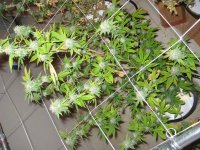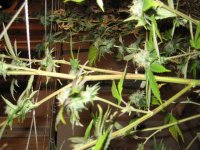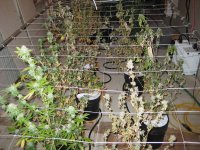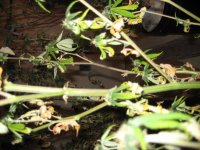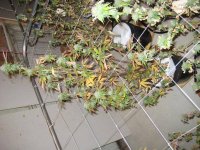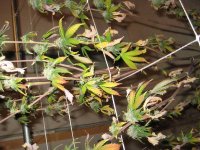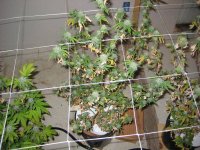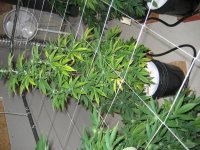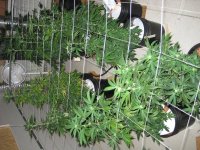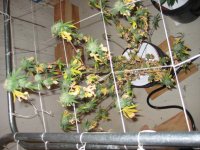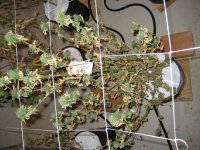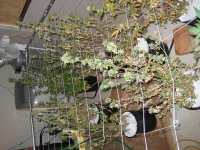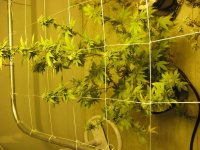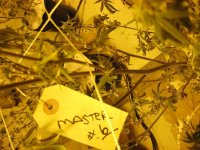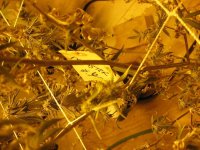Squire5683
Member
Hey again all... Looks like ive lost this crop... Id like to see where i went wrong. Pics show what I have, and right next to them on same system are plants 15 days into flower. One of them is looking like it might have P deficency... Spotting leaves.
Older plants that should be at harvest stopped growing weeks ago, and took a turn for the worst. I dont know where I went wrong. The stems have red stripes all the way through, and some of the stems are red all the way
Nutes General Hydro...
100Gal rez rez temps 78-81 Using GH nute calculator on their site
PH 5.8-6.1
PPM 1500
will a high ppm base water hurt my grow? Prob around 250-300ppm
Hydroton 3 gal buckets, ebb&flow 30min every 4 hrs
Plenty of fresh air circulation, I keep the room 85 with lights on, and 75 lights off. Im gonna post as many pics as i can... Thanks all
Older plants that should be at harvest stopped growing weeks ago, and took a turn for the worst. I dont know where I went wrong. The stems have red stripes all the way through, and some of the stems are red all the way
Nutes General Hydro...
100Gal rez rez temps 78-81 Using GH nute calculator on their site
PH 5.8-6.1
PPM 1500
will a high ppm base water hurt my grow? Prob around 250-300ppm
Hydroton 3 gal buckets, ebb&flow 30min every 4 hrs
Plenty of fresh air circulation, I keep the room 85 with lights on, and 75 lights off. Im gonna post as many pics as i can... Thanks all

